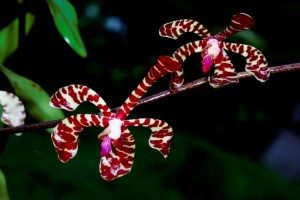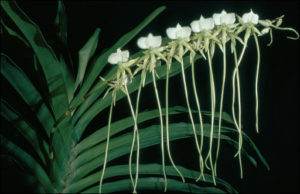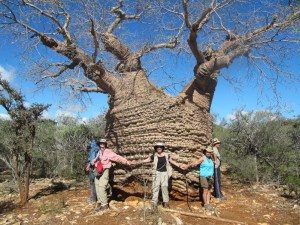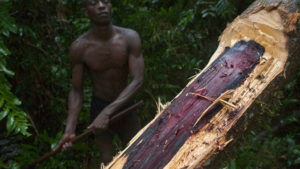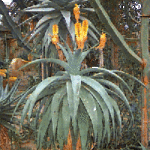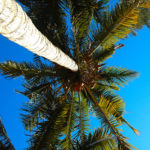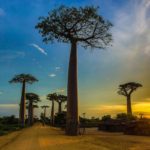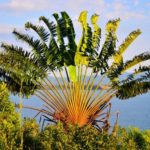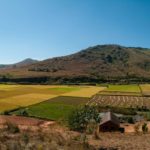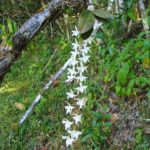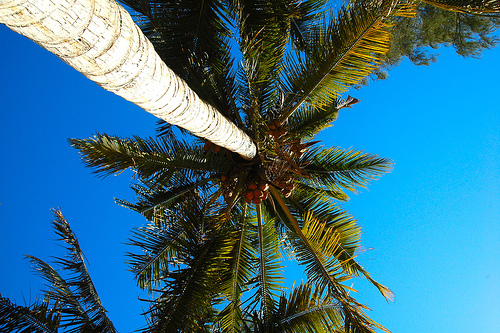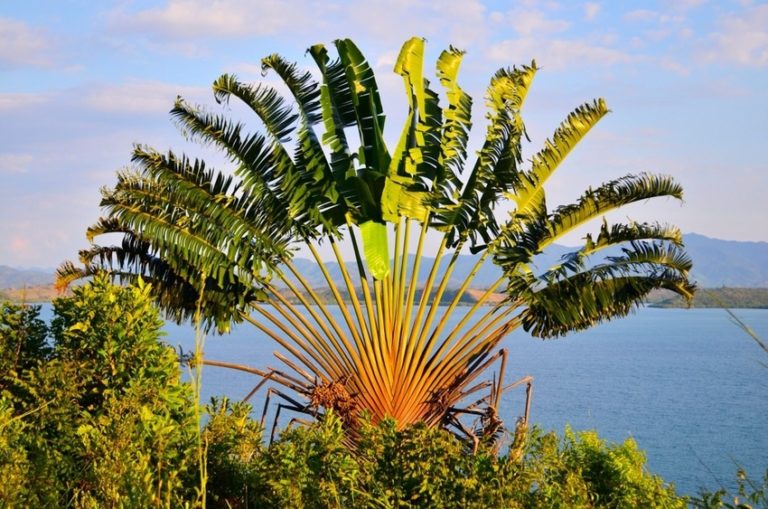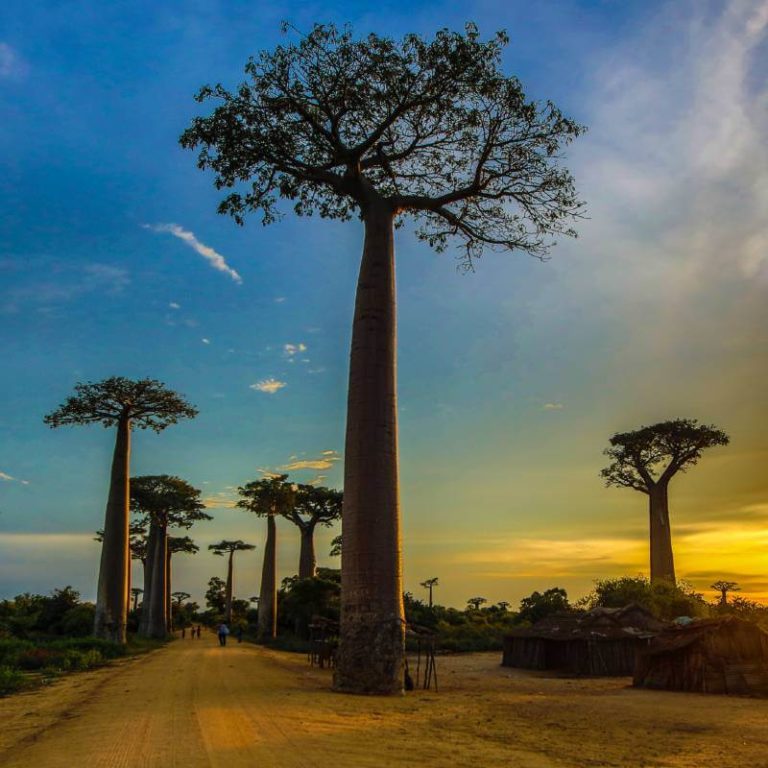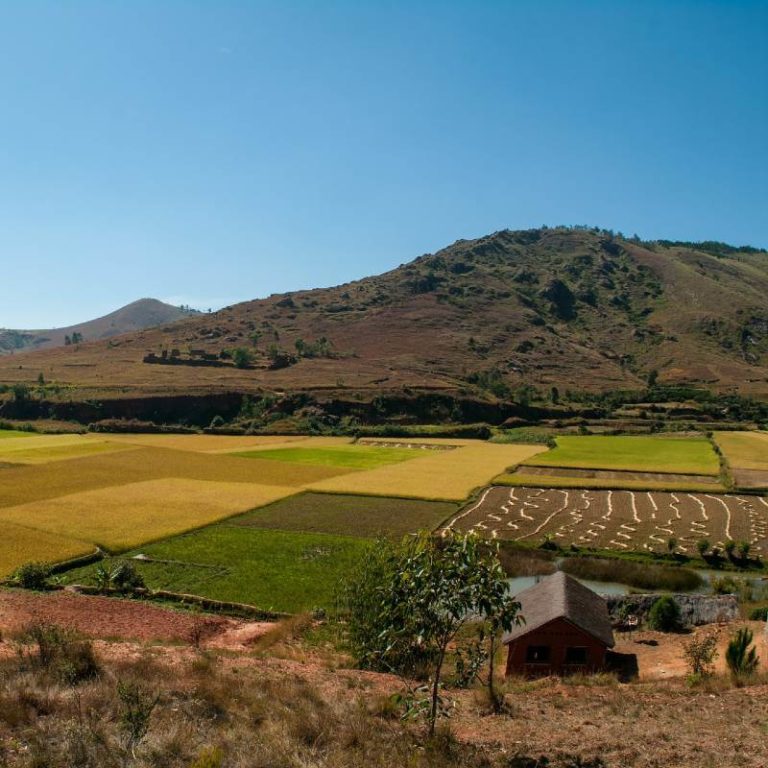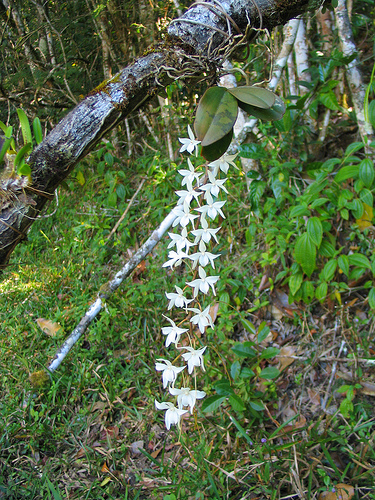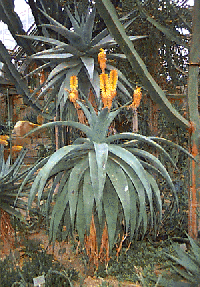Madagascar's flora - The wonders of the native flora
Madagascar is today an island, but many millions of years ago it belonged to a so-called Supercontinent. The name of this supercontinent was Gondwana. The huge continent united a large land mass, which today is spread over several continents and countries: Africa, Antarctica, Madagascar, Australia, New Guinea, South America, Arabia and India were among them. Then, more than 80 million years ago, today's Madagascar separated from this supercontinent and was separated from now on. The developments that took place in the Fauna and flora of Madagascar subsequently completed, are today referred to as "isolated" designated. This means that external influences on this development were minimal. This is precisely why many plant species native to Madagascar today are endemic. Endemic means that these plants are found only on the Red Island of Madagascar and nowhere else in this world occur naturally. Many plants of Madagascar are still today undetected. Numerous researchers therefore travel to the island every year in the hope of finding a still unknown plant or perhaps a still undiscovered animal species. Just as with the plants, a large part of the animal species living on Madagascar is endemic. Also in a Madagascar vacation it can happen in principle that they come across a plant that no human being has ever seen before.
The diversity of flora in Madagascar
A glance at the figures alone is enough to determine the fascination of the Madagascar flora represents: About 85 percent of all plants native to Madagascar, are found nowhere else in the world. There are in Madagascar more than 1,000 different species of orchids, with researchers assuming that the actual number of orchids native to Madagascar is actually much greater. The other specimens have simply not been discovered yet. For the past 350 years, researchers have been studying the exciting Madagascar flora to explore and systematize. Especially at the beginning of these exploratory voyages in the 17th century, many explorers were of the Fauna and flora of Madagascar so fascinated and overwhelmed that they are frequently Curiosities spoke when they later described the miracles they experienced there. After all, no one from outside had ever seen the animals and plants native to Madagascar before.
Even if the figures of many research institutes and environmental organizations sometimes speak of different sizes, it can be stated with great certainty that more than 12,000 different plant species and more than 4,000 endemic tree species exist on Madagascar. These trees and a multitude of the total plants living on Madagascar can accordingly not be discovered on any other continent of this world. Especially the so-called Baobabs are for nature lovers who want to enjoy their Madagascar vacation want to spend, a real highlight. In total there are of these baobabs, which are also known as Baobabs called, only eight different species are found in the world - seven of them are native to Madagascarsix of them even endemic. Only one other baobab species still exists and this is native to Australia. The spurge family includes about 700 different species on Madagascar, whereas among the leguminous plants there are 670 species discovered so far. Particularly interesting are also the Madagascar palm trees: These are all endemic and in total they comprise a number of about 170. Those interested in nature in Madagascar and perhaps a Trip to Madagascar should not miss this almost unmanageable diversity of the flora of this island.
Medicinal plants in Madagascar
Also for all those interested in medicine, the Flora of Madagascar a source of knowledge: In the traditional Malagasy medicine many of the plants are used regularly. These include, for example, the aloe plants, which, with their milky-white sap, are popular for relief, especially for skin diseases. Many other plants in Madagascar are used today investigated by Western medical and pharmaceutical companiesThe aim is to extract various active ingredients from them that could be helpful against various diseases. Research in this regard is still in its infancy, however, because the plant world of Madagascar remained undiscovered for so long and has not yet been fully explored.
The threat to the flora of Madagascar
The Flora of Madagascar is as rich and partly as old as hardly anywhere else in this world. Nevertheless, this richness has been severely threatened for many years. Especially the Rainforest clearing has taken its toll on the local ecosystem. Today, only about 20 percent of Madagascar covered with the original primary forest. This corresponds to an area of approximately 120,000 square kilometers. The extraction of arable land as well as the clearing of the tree population for charcoal are the two most important causes for the decline of the living forest on Madagascar. Also the Overexploitation of the so-called precious woods has contributed to a reduction of tree populations in Madagascar. While various efforts are being made today to preserve the remaining rainforest on Madagascar, these measures come at great cost and effort. The increasing Tourism in Madagascar can act as a possible source of funds in this context and accordingly also contribute a part to the preservation of this fantastic and globally unique plant world. Should the Environmental protection in Madagascar are not intensified and expanded even more in the coming years, it could happen that many of the island's unique plants become extinct. And that, in turn, could entail that many species that have not even been discovered yet, can never be systematized and cataloged. So if you have a Vacation to Madagascar plan and perhaps their Honeymoon or their honeymoon in Madagascar want to spend, then you should definitely check out the various Nature reserves and national parks on the island visit. There you will meet a unique spectrum of plants and animals as you have never seen it before. In this context, you are welcome to take a look at the Nature travel.

